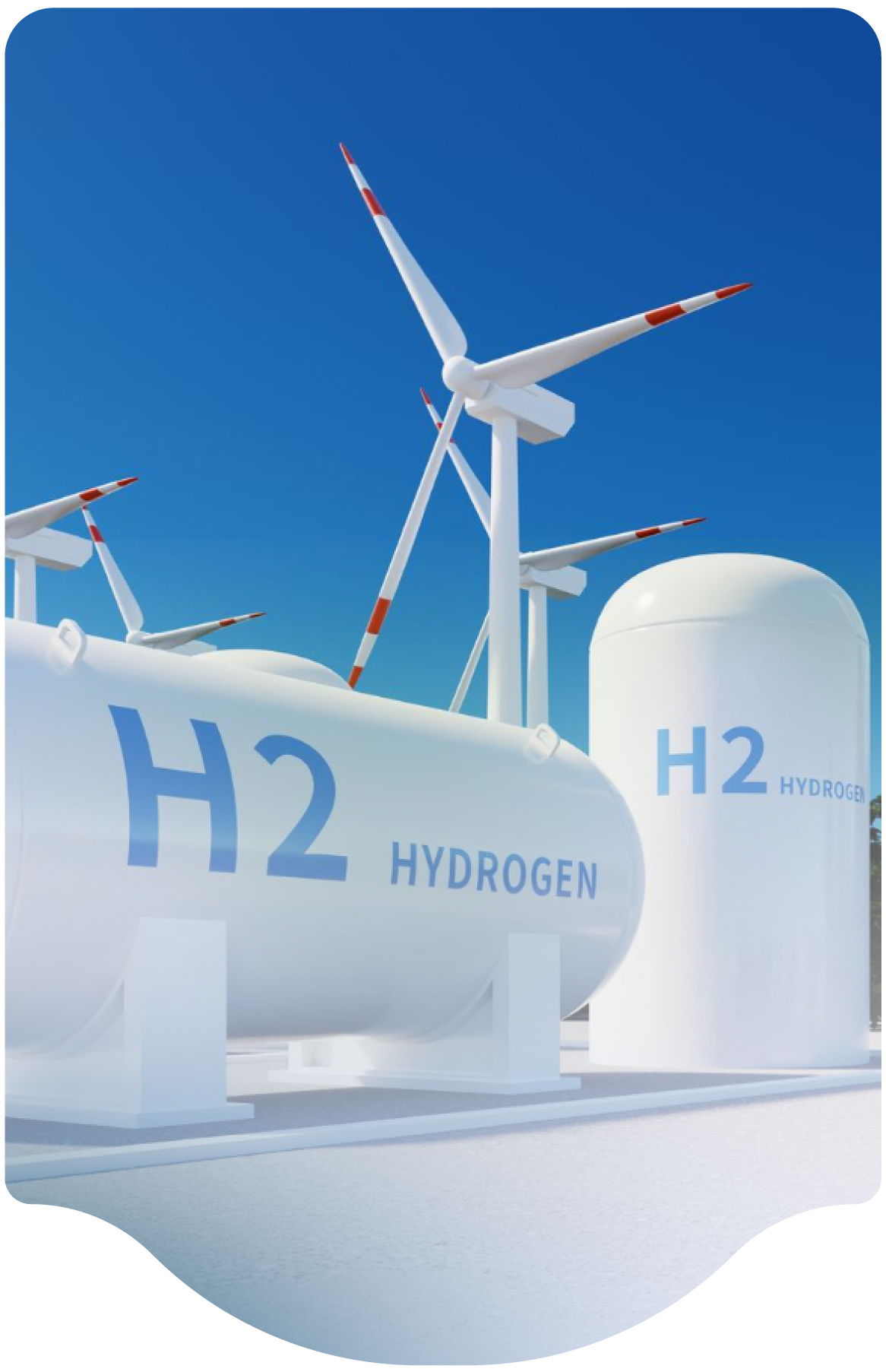- Home
-
Resources
- Center for Hydrogen Safety
- Hydrogen Fuel Cell Codes and Standards
- Learnings & Guidance
- Paper & References
- Web-based Toolkits
- Workforce Development

- Contact
- About H2Tools
- Welcome to the Hydrogen Tools Portal
- helpdesk@h2tools.org
FAQ
Frequently Asked Questions
Question & Answer
- 269 results found
- Clear All
The HSP is not aware of any specific standards for this application, but LNG standards could serve as a useful starting point given the extensive maritime trade of LNG and its use in ship propulsion. Meeting LNG requirements could provide a minimum baseline, with additional considerations needed to account for the colder temperatures of liquid hydrogen (e.g., purging, air liquefaction,…
Category:
Keywords:
This is a complex and sometimes contentious topic. The International Code Council (ICC) addresses hydrogen piping in the …
Category:
Keywords:
Neither section is a perfect fit for marine hydrogen fueling, but that is often the case with applying Codes. The most prudent approach is to…
Category:
Keywords:
The HSP is not aware of any immediate provisions in the IFC or CFC specific to maritime hydrogen fueling, but it would make sense for it to be addressed in either IFC Section 2309, Section 2310, or referenced in both. In NFPA 2, the HSP has not seen any proposals to date; however, anyone who…
Category:
Keywords:
I am communicating with a company that is exploring this technology for an application involving a mixture of flammable gases, including hydrogen.
Category: Explosions
Keywords: Explosion, Prevention, Foam, Mesh
In the case of fuel-rich mixtures like those in the question, the heat of combustion for the mixture should be calculated on the basis of the oxygen content of the mixture. The heat of combustion per mole oxygen is twice the heat of combustion per mole hydrogen, i.e., it is 286*2 kJ per mole O2. You should be able to do the calculations based on this reply.
Category: Properties
Keywords: Properties, Heat of Combustion
The HSP is not familiar with this particular fitting or its potential application in H2 service but can offer engineering judgment. Many similar compression-type swaged fittings are used in H2 service. These fittings must be used within the manufacturer recommendations for pressure, temperature, and fluid service. Deformation is also introduced into stainless steel tubing in other ways, such…
Category: Piping
Keywords: Piping, Fitting, Lokring Technology, Material Selection
The Panel considers two approaches to be acceptable.
- Stainless steel (corrosion resistant) lines embedded in concrete. This keeps the piping out of direct contact with the earth and provides a degree of physical protection from activities such as digging.
- Lines enclosed within a PVC sleeve. The PVC sleeve would usually be directly buried but could also be embedded in…
Category: Piping
Keywords: Piping, Underground, Corrosion, Physical Protection
It’s not clear if “mobile” in the question refers to vehicle fuel tanks, or vessels used for transportation of hazardous materials.
- If it’s a Type 4 vessel for transportation of hazardous materials, it will be built to a special permit that details the inspection requirements. Special permits vary but they are generally consistent on a 5-year requalification period, which also…
Category: FC Electric Vehicles
Keywords: FC Vehicles, Storage, Tank, Inspection
FCEVs usually contain only a minimal amount of hydrogen fuel pressure (several Mpa) to support getting the car on and off car carriers. Panel members are not aware of any hydrogen release incidents during vehicle loading and don’t know what the probability of such a leak is considering the loading operations. A risk assessment accounting for the probability of collisions as well as leaks from…
Category: FC Electric Vehicles
Keywords: FC Vehicles, Ferry, Ship Transport, Lifting Equipment
We are professional and reliable provider since we offer customers the most powerful and beautiful themes. Besides, we always catch the latest technology and adapt to follow world’s new trends to deliver the best themes to the market.
Contact info
We are the leaders in the building industries and factories. We're word wide. We never give up on the challenges.
- 2 Queen Street,California, USA
- (+84) 04 123 456
- :Helpdesk@h2tools.org
